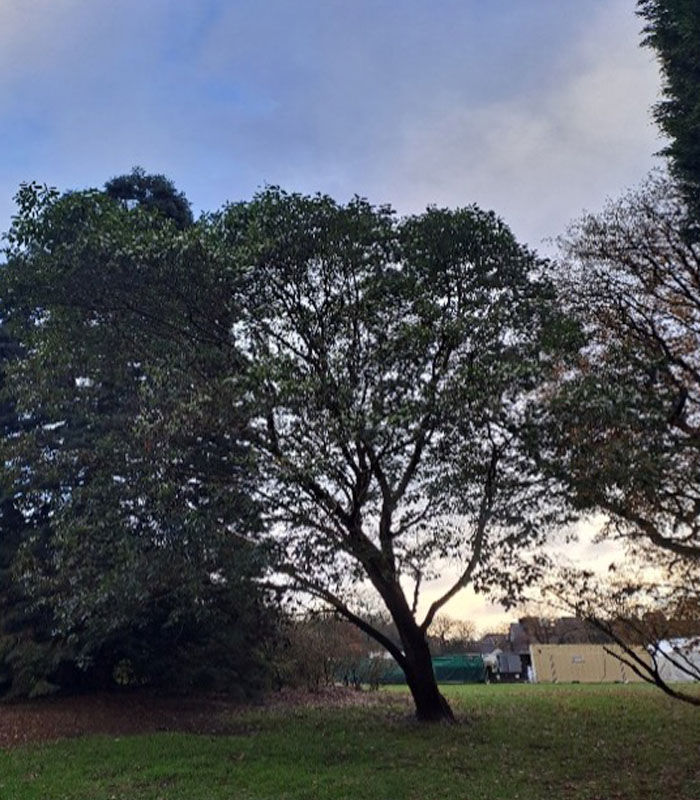
Botanical Name: Arbutus menziesii
Common Name: Pacific Madrone
Native to NW America and introduced to Britain in 1795 by Archibald Menzies in 1813, hence it's name. It has distinctive peeling bark ranging from reddish brown to green, grey and cracked at the base. Bell shaped white flowers appear in late spring followed by orange berries.
Commonly known as the Pacific madrone or madrona, is a distinctive tree native to the western coastal regions of North America. Here's an overview of its origins and history:
The Pacific madrone's history is deeply intertwined with the ecological and cultural landscape of the western coast of North America, making it a notable and valued tree in the region.
20690